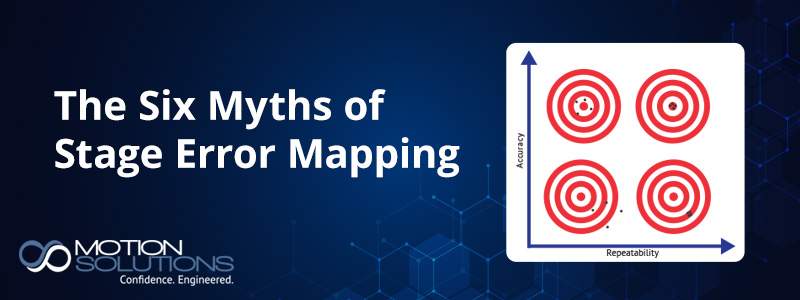Motion Solutions Blog
Categories
- Case Studies
- Company News
- Customer Focus
- Engineering Insights
- Featured Products
- Industry Perspectives
- nPoint Blog
- Our Take
- Product Spotlight
- Uncategorized
Motion Solutions, a Novanta Company – Precision Motion Products Proudly Made in the USA
For over 60 years, Motion Solutions has delivered dependable, high-performance motion products—all designed and manufactured in the USA. Our catalog includes linear and rotary stages, motion control systems, and fully integrated multi-axis assemblies, built in our WI and CA facilities. Partnering with a U.S.-based manufacturer means easier communication, real-time collaboration...
How the Motion Solutions Phase-Gate process turbocharges project ramp ups
Honed over thousands of projects and decades in business, the Motion Solutions Phase-Gate process streamlines product design and manufacturing. Precision motion control systems can be challenging to design and build. That’s why outsourcing engineering and manufacturing of motion subsystems can be so appealing. When it comes to picking a vendor,...
Read More about How the Motion Solutions Phase-Gate process turbocharges project ramp ups
Accuracy, Repeatability, and Specsmanship – Understanding Motion Stage Datasheets
[EDITOR’S NOTE: This blog post discusses accuracy and repeatability in the context of data sheets and product specification. For a detailed discussion of stage accuracy, repeatability, and resolution that covers definitions, nuances, and misconceptions, read our whitepaper here.] In theory, a datasheet lists the capabilities and performance of a device,...
Read More about Accuracy, Repeatability, and Specsmanship – Understanding Motion Stage Datasheets
The Six Myths of Stage Error Mapping
Stage-error mapping – measuring absolute positioning error at a specified set of sampling points – has gained a reputation as a method for achieving high-accuracy motion control with lower-cost equipment. The theory is sound. The problem is that there are a lot of misconceptions around stage-error mapping that can lead to its use in unsuitable applications, with disappointing results. Want to dispel the myths of stage-error mapping and learn how you can use it for maximum benefit? Read on.
Five Tips for Specifying Motion Systems for Step and Settle Applications
[Editor’s note: For a detailed discussion of how to specify the stage for step and settle applications, see our whitepaper https://www.motionsolutions.com/white-papers/how-to-choose-the-best-motion-system-for-your-step-and-settle-application/ Step and settle motion is a fundamental support technology for a variety of critical systems, such as DNA sequencers, semiconductor wafer-inspection systems, diagnostic imagers, and more. While OEMs typically...
Read More about Five Tips for Specifying Motion Systems for Step and Settle Applications
Modeling and FEA Expertise Deliver Better Designs Faster
Finite element analysis (FEA) lets engineers explore the behavior of complex systems under real use conditions, running simulation after simulation to optimize overall performance by way of small design tweaks. The challenge is that FEA results are only as accurate as the simulation setup, as the saying goes, “garbage in...
Read More about Modeling and FEA Expertise Deliver Better Designs Faster





